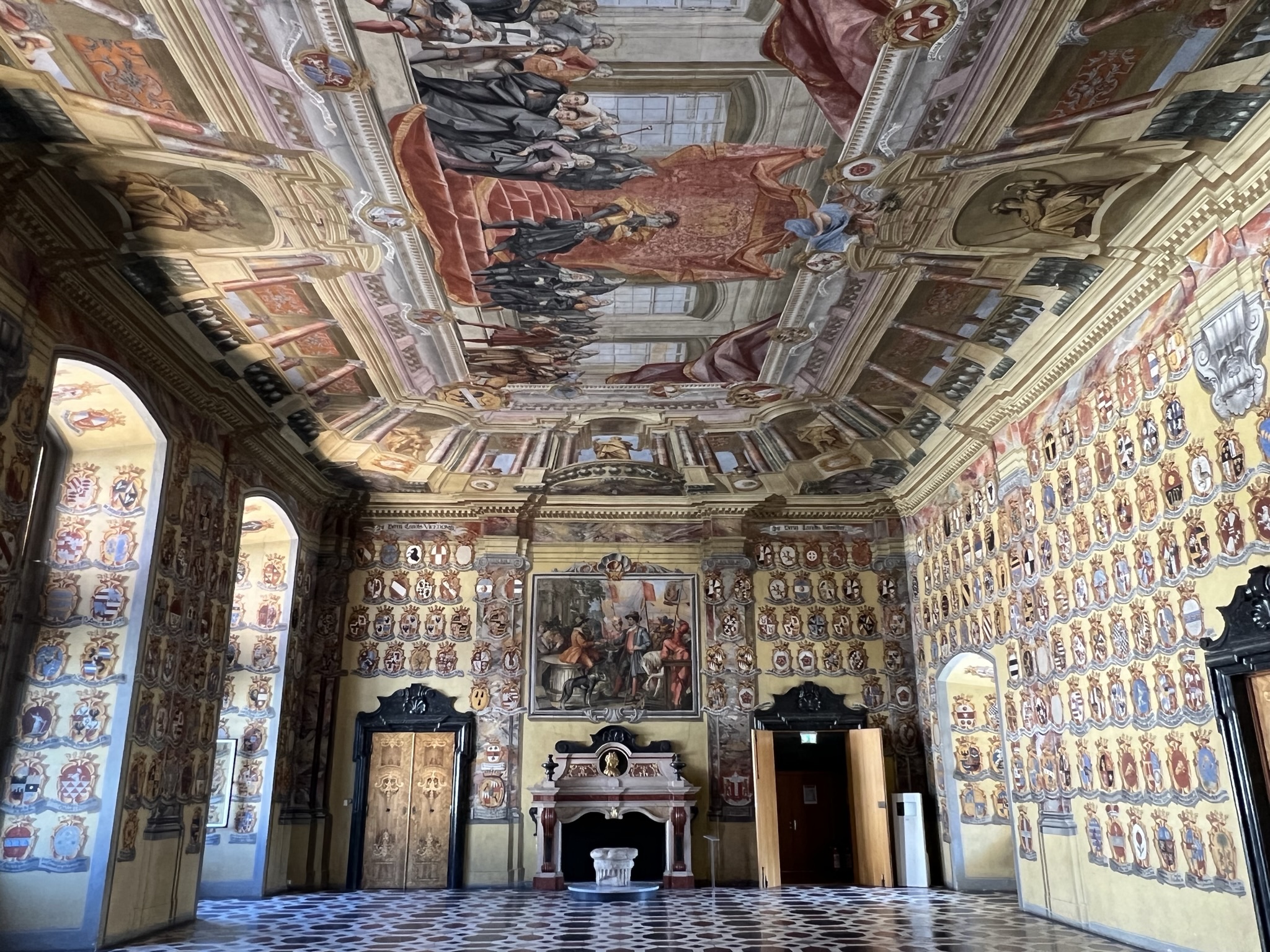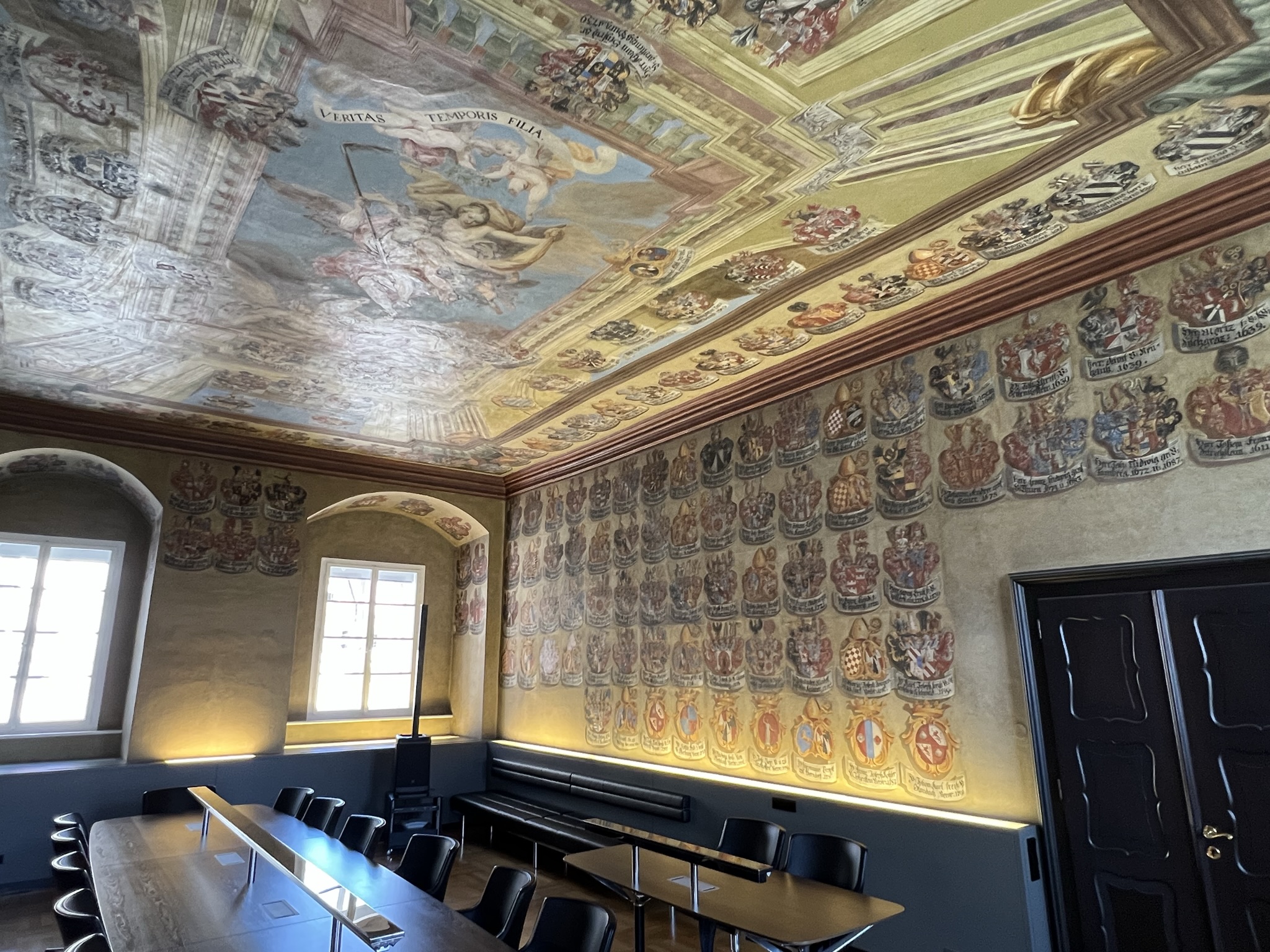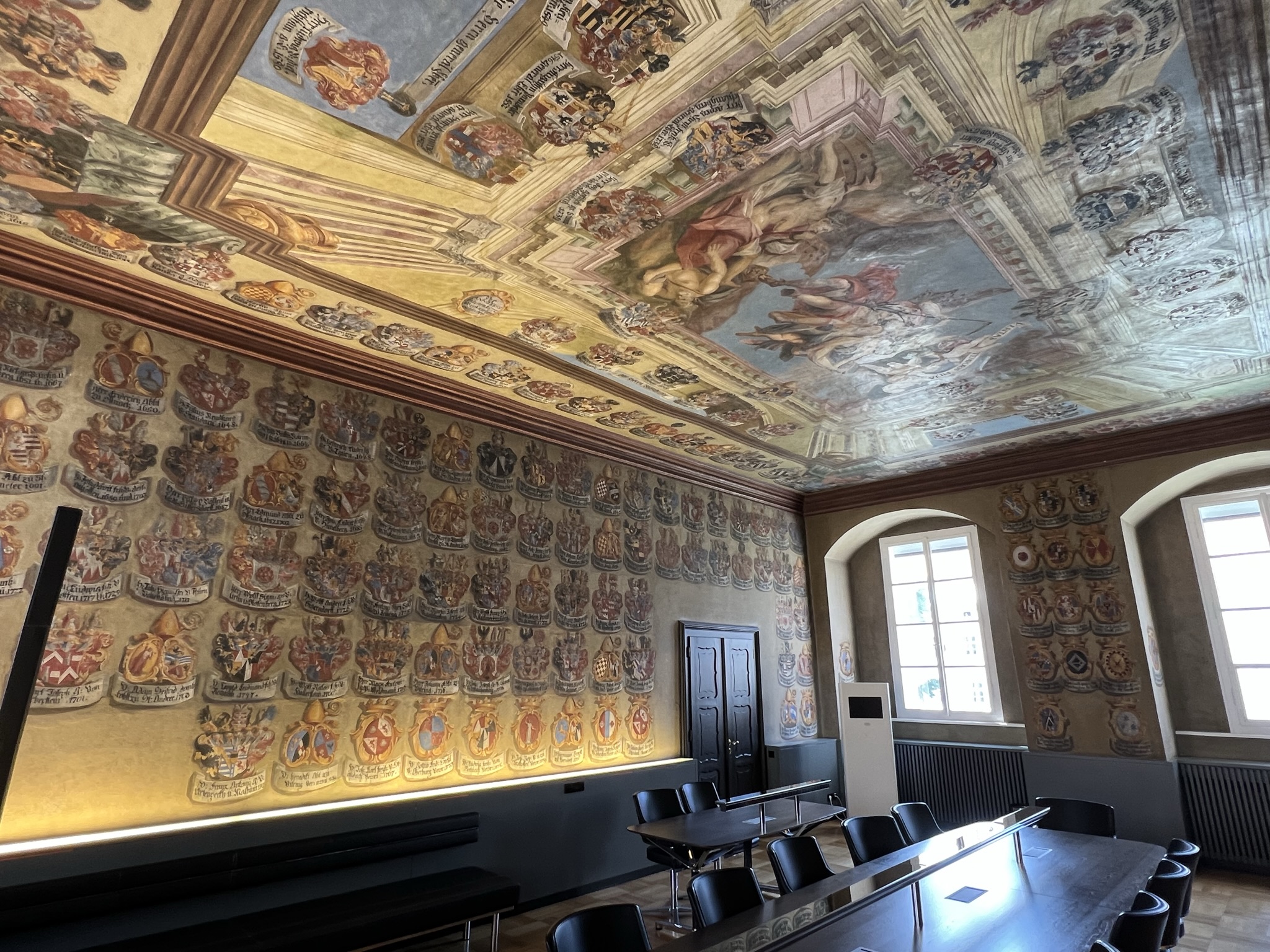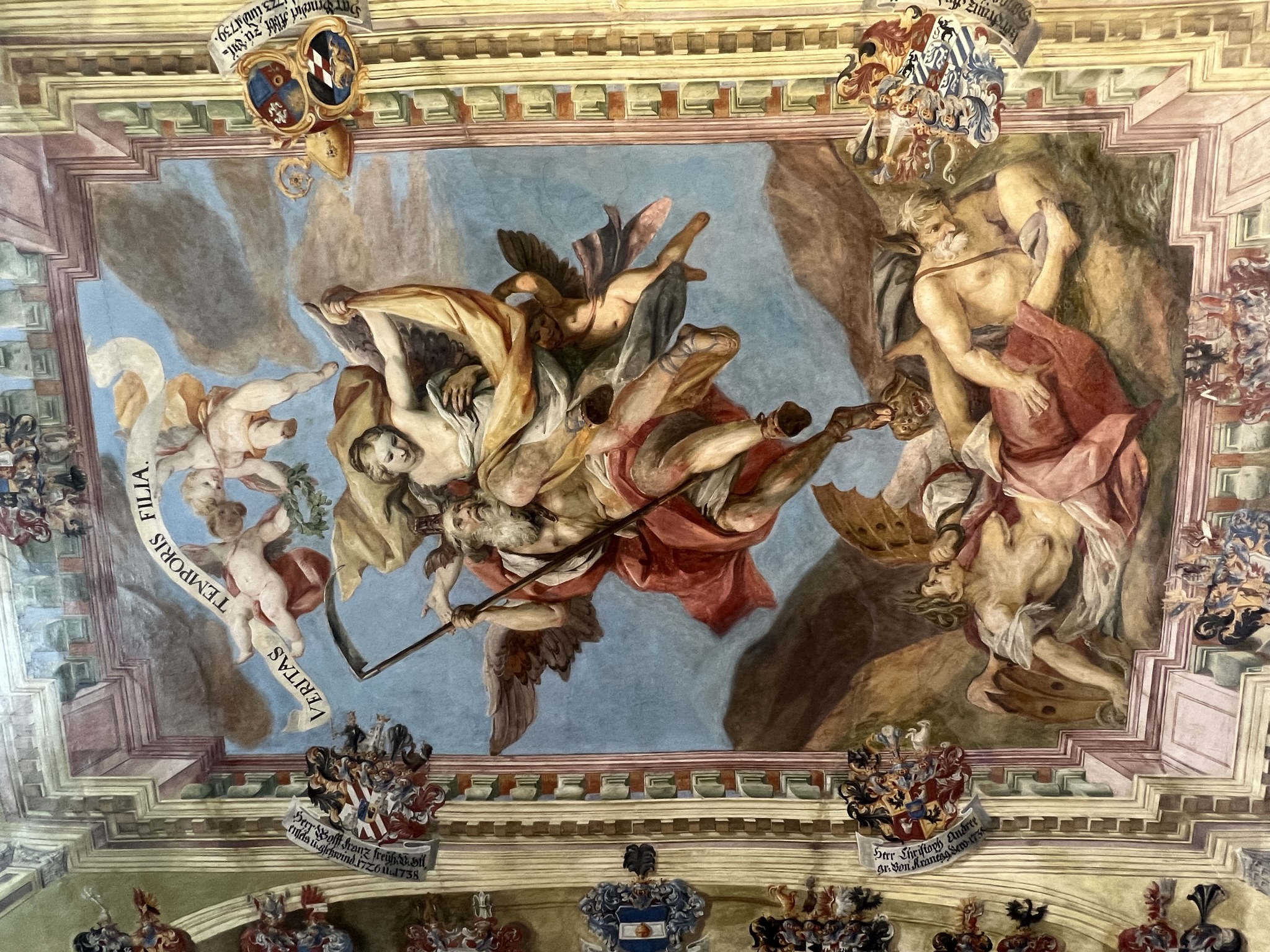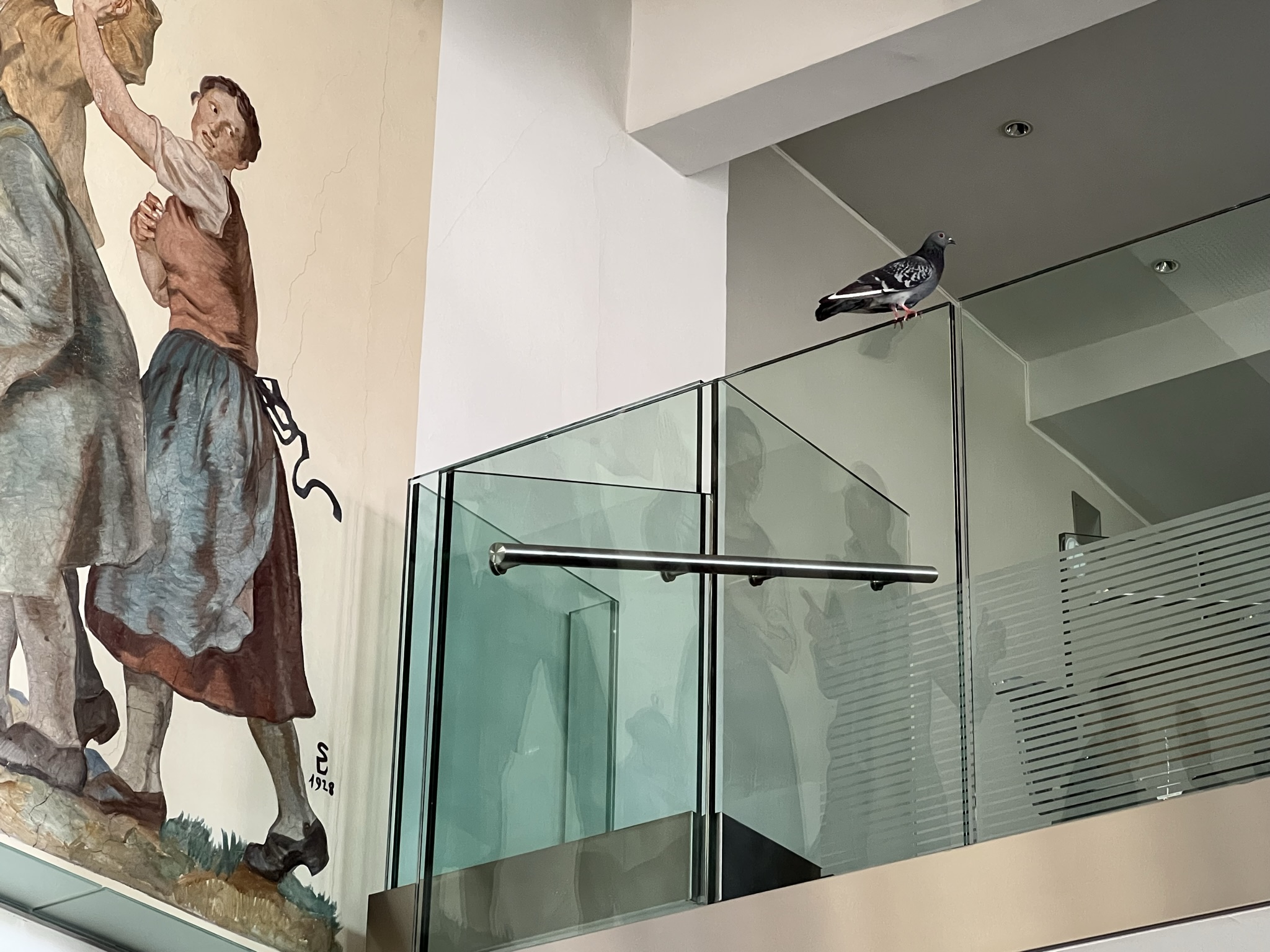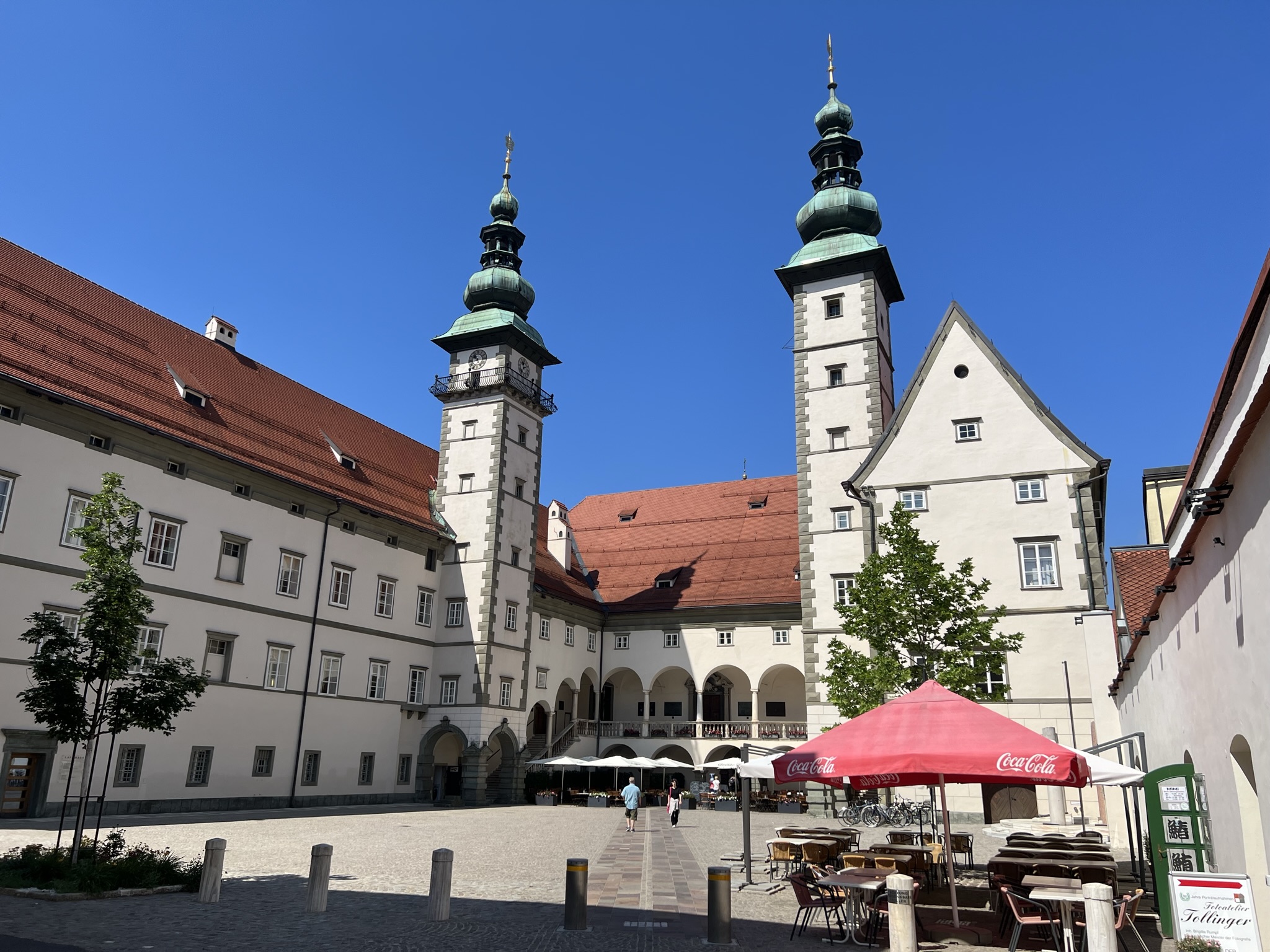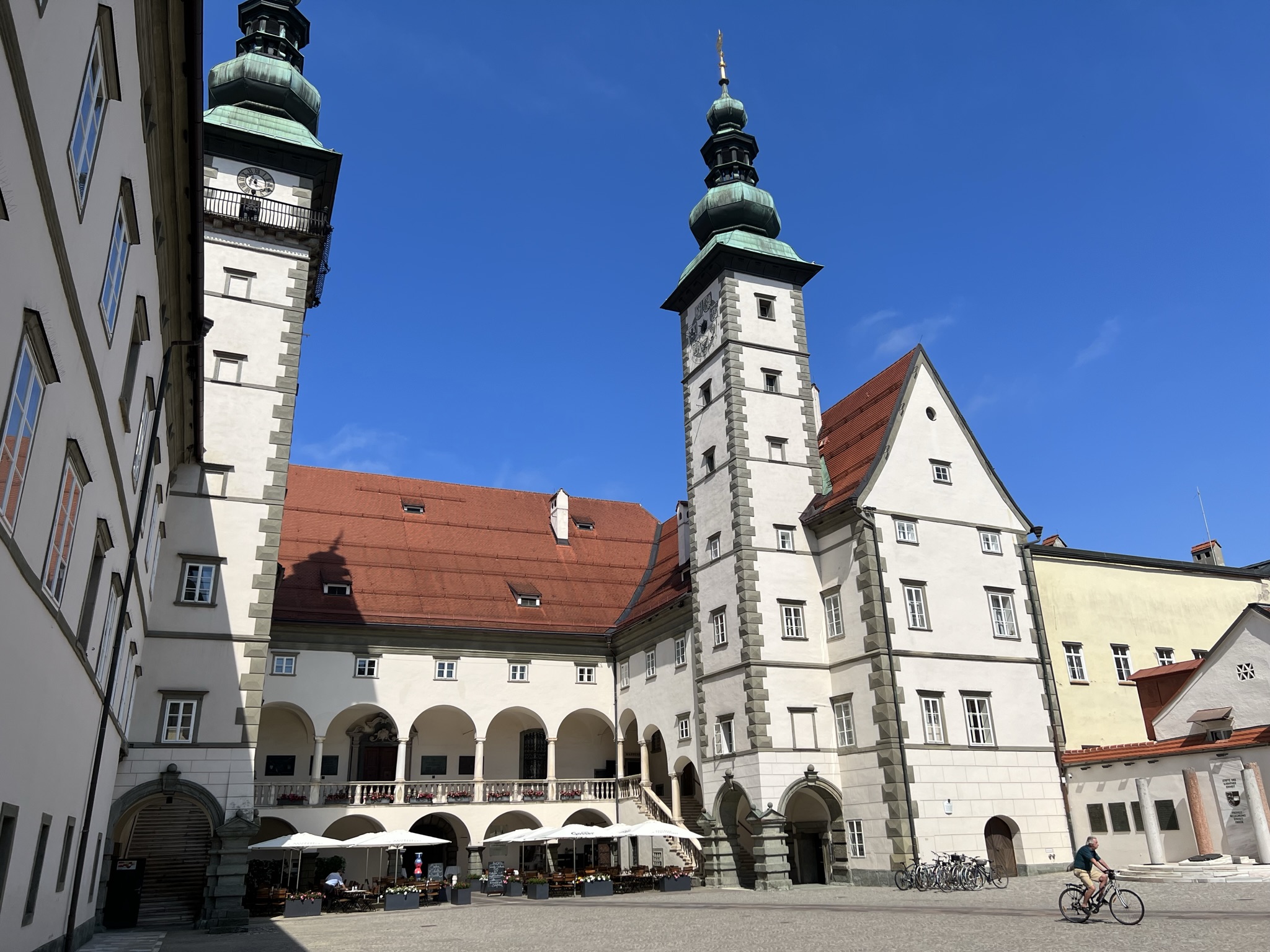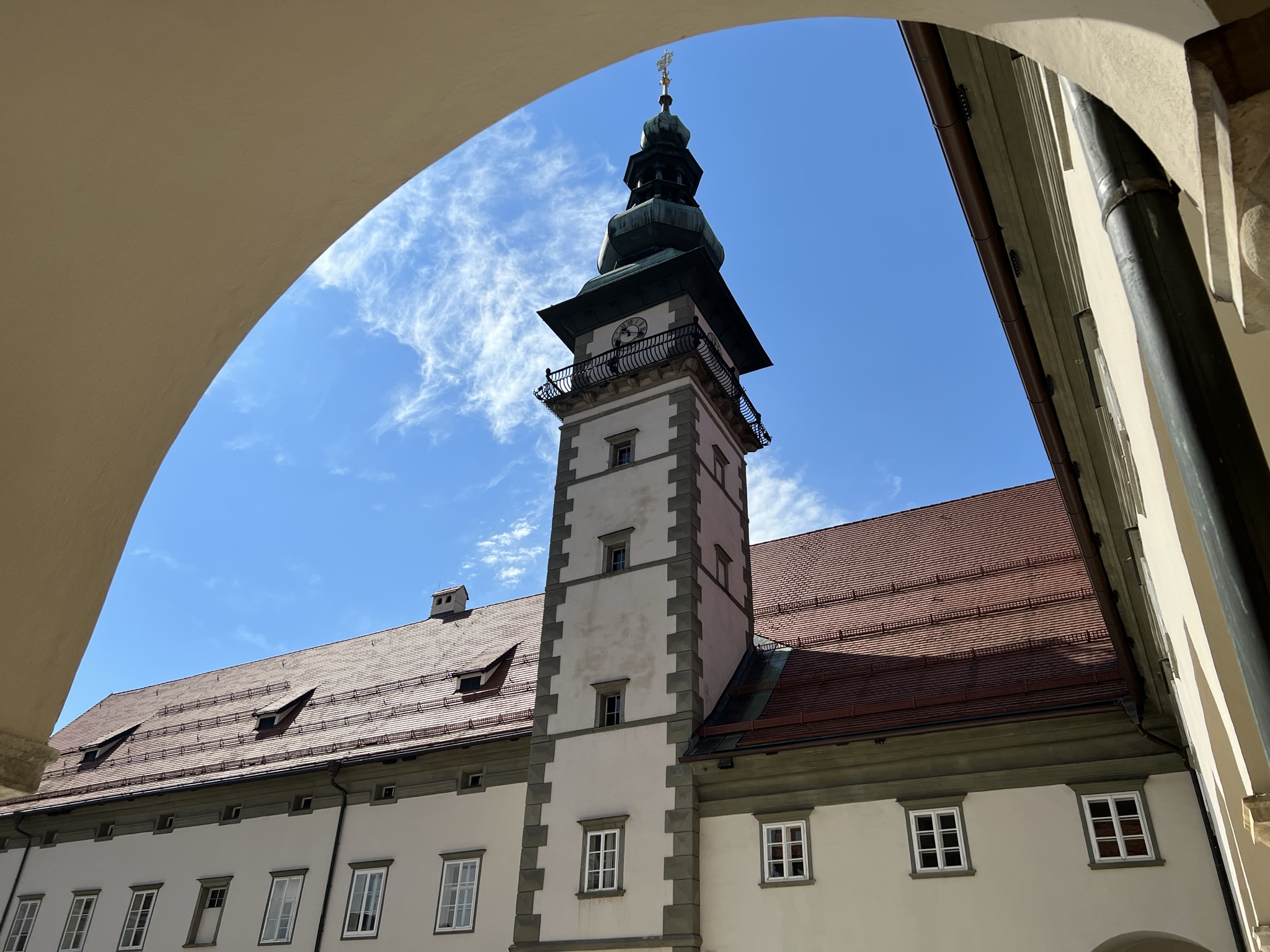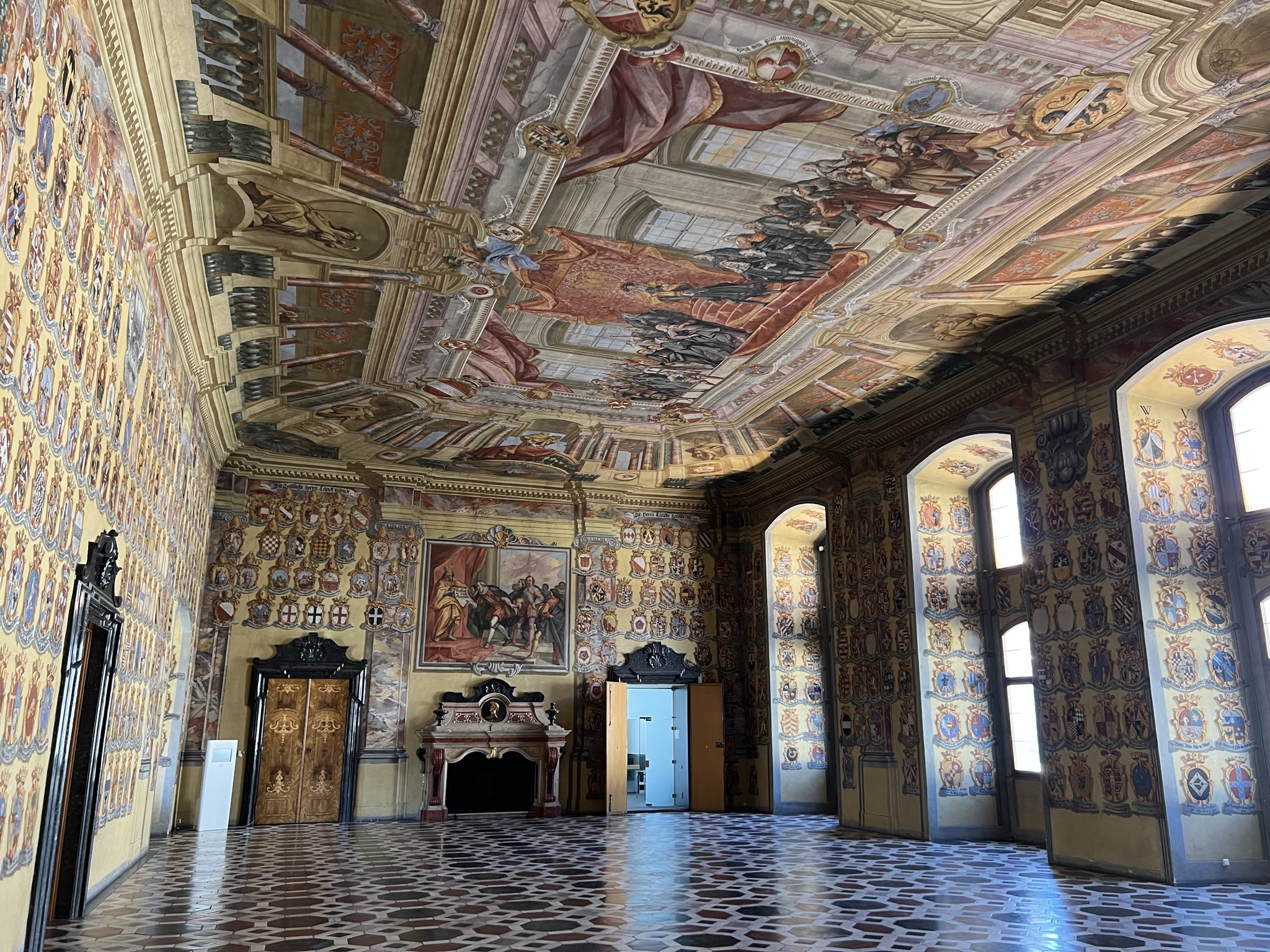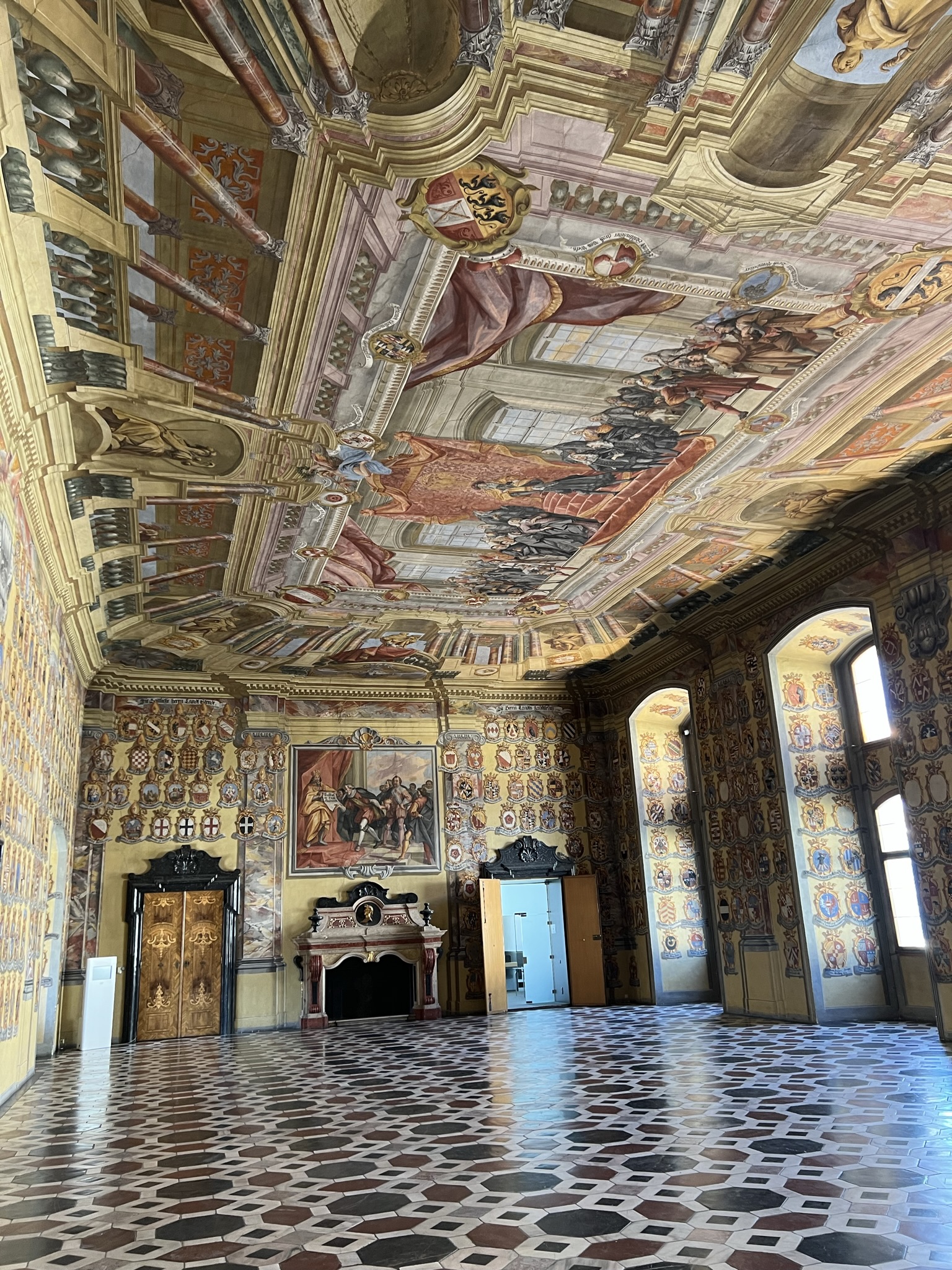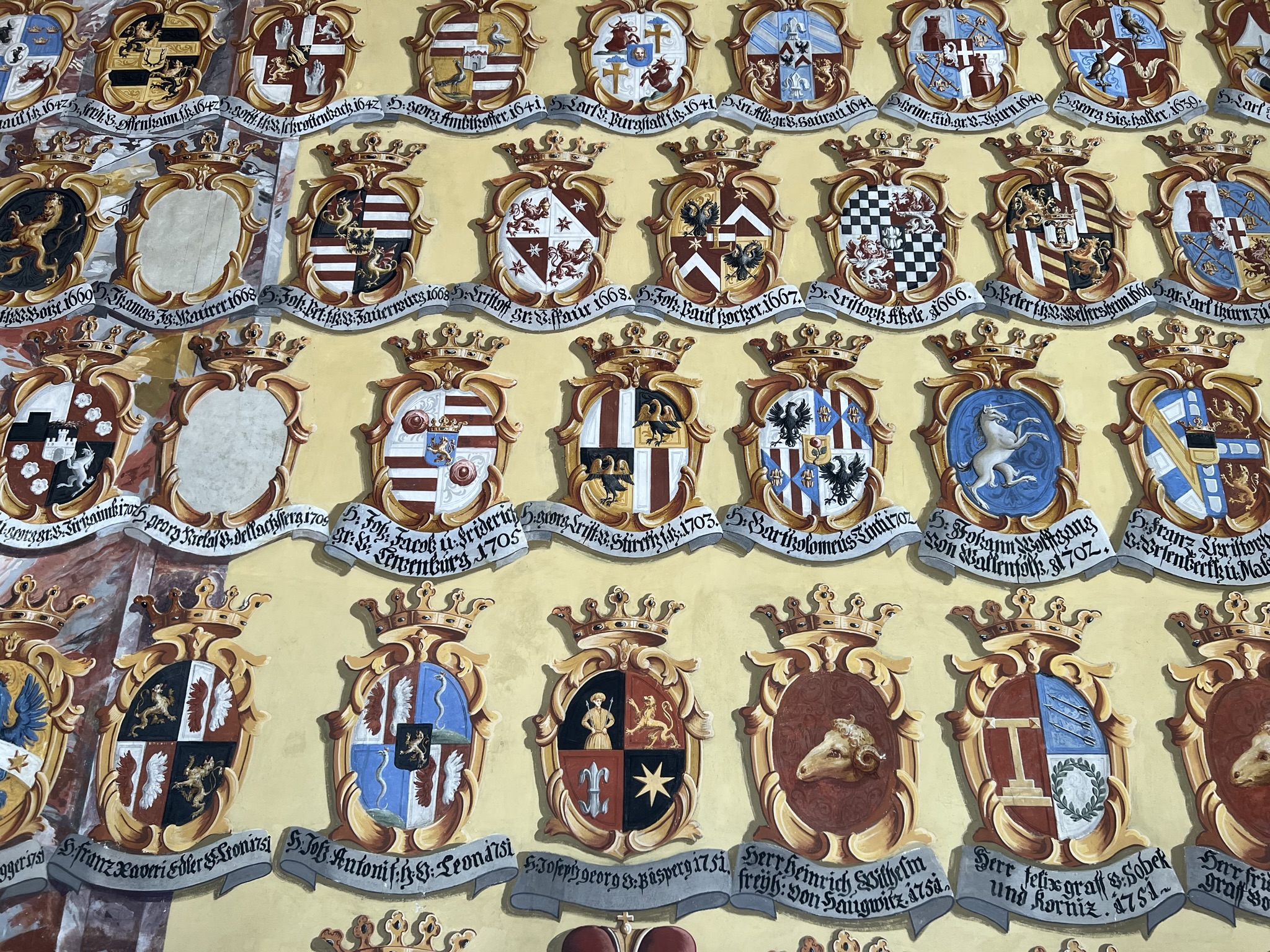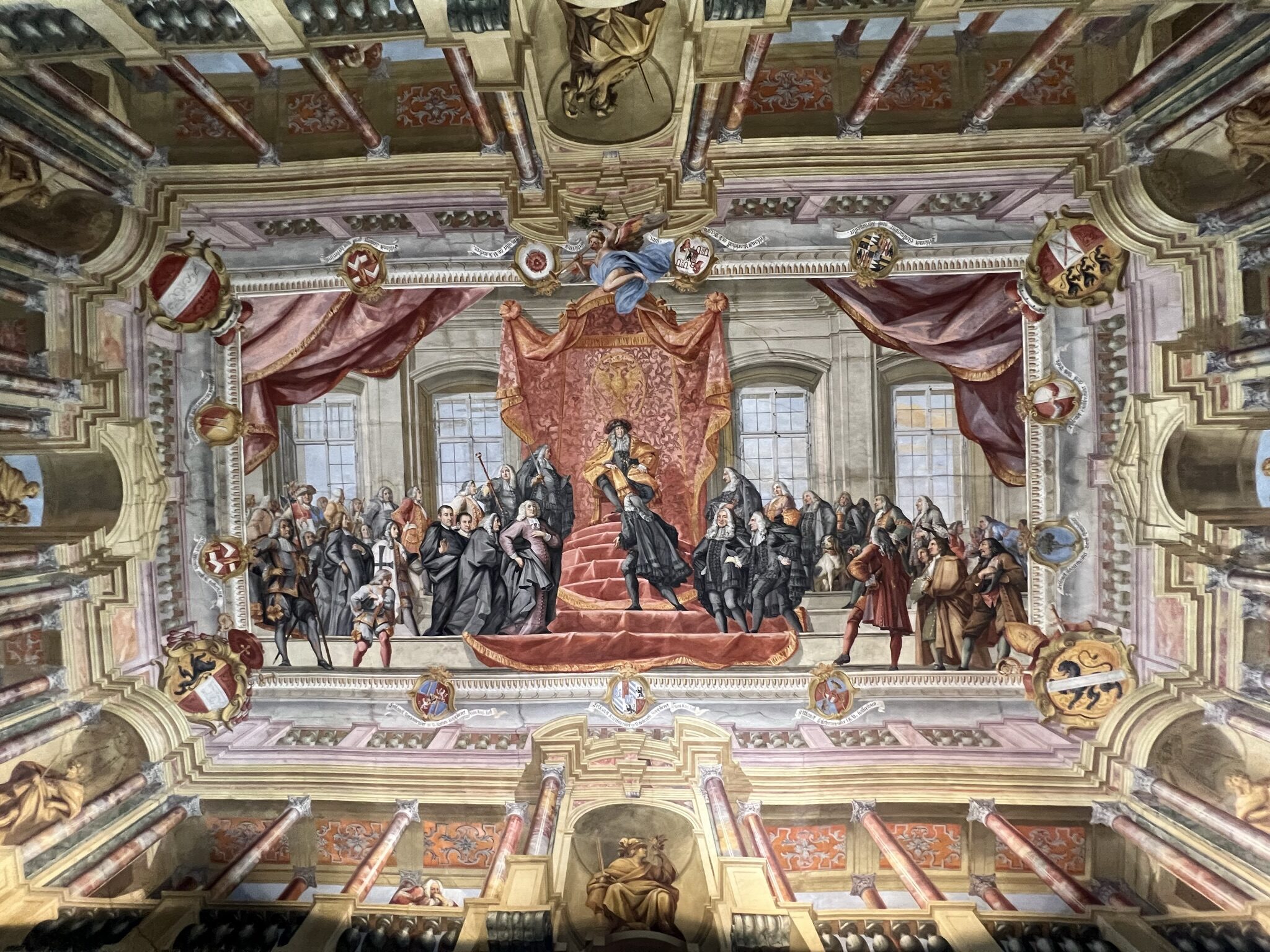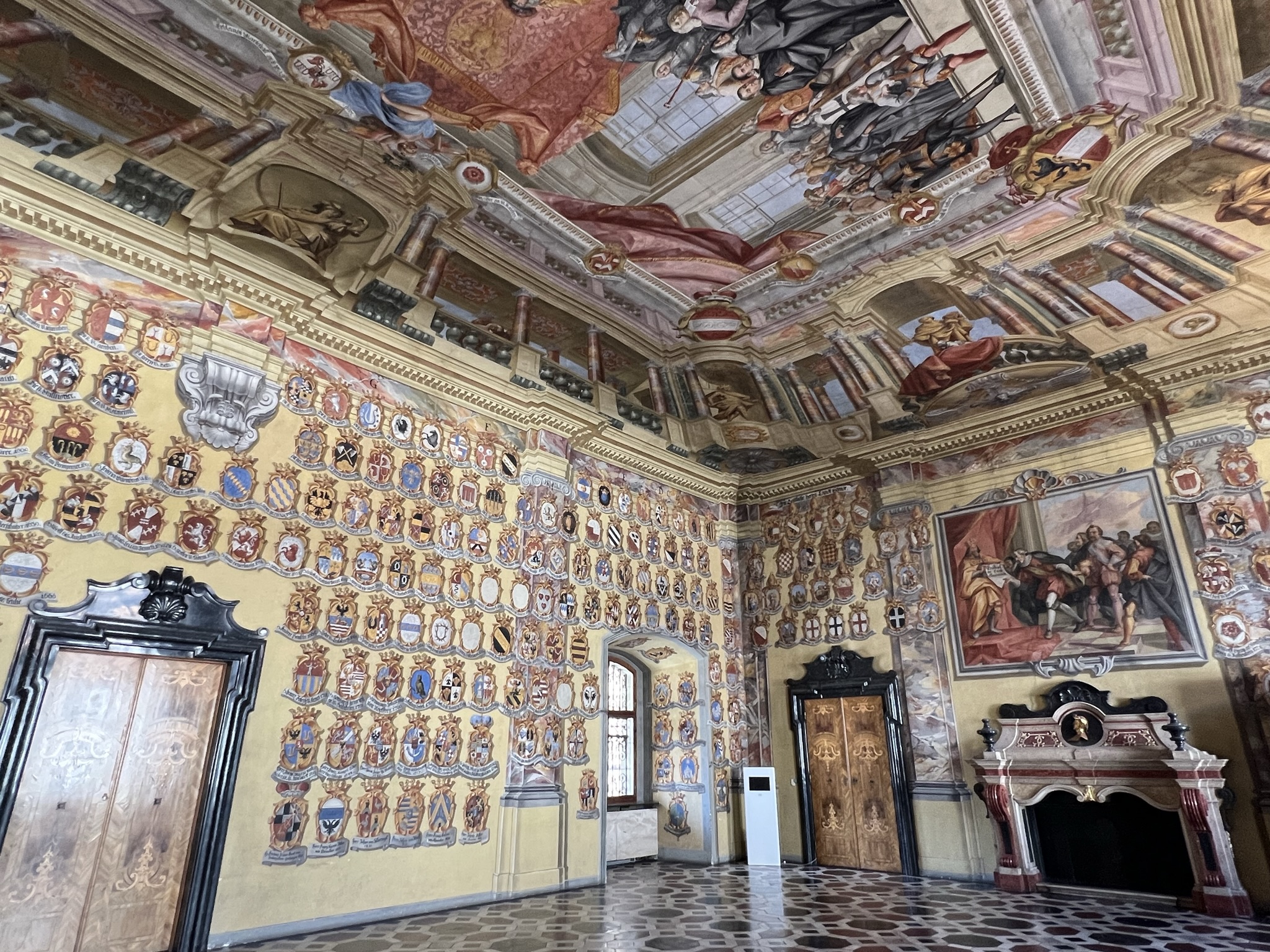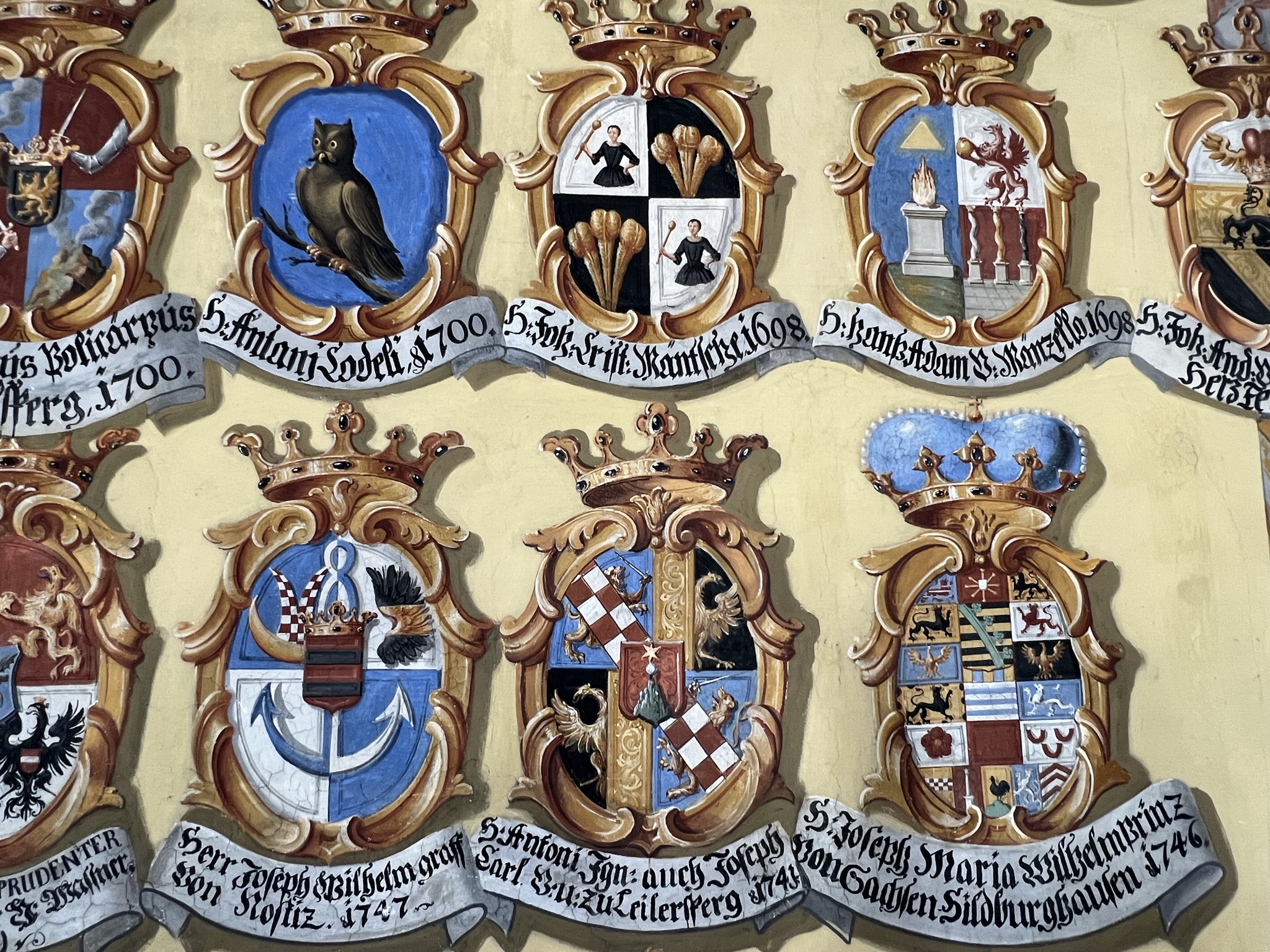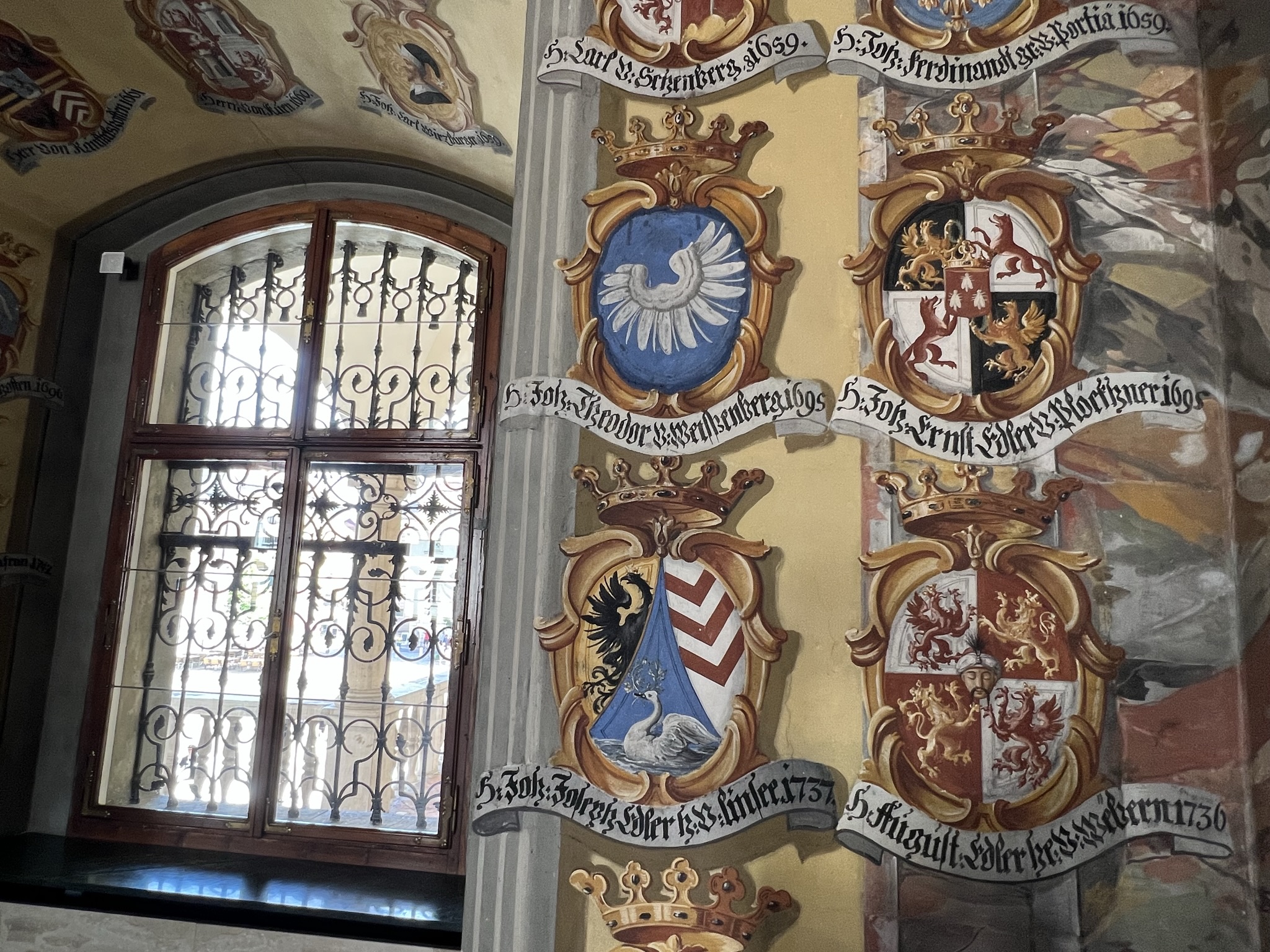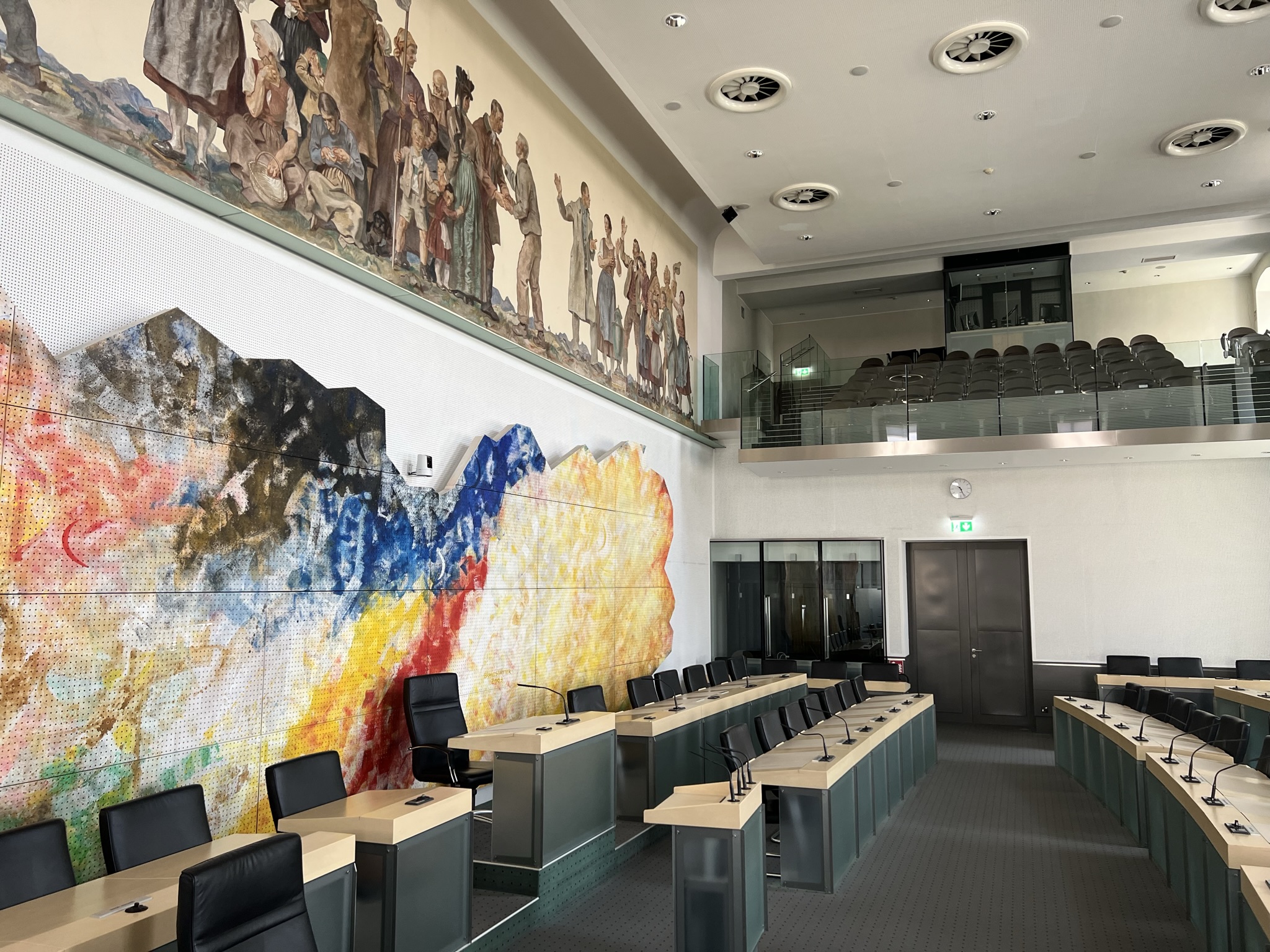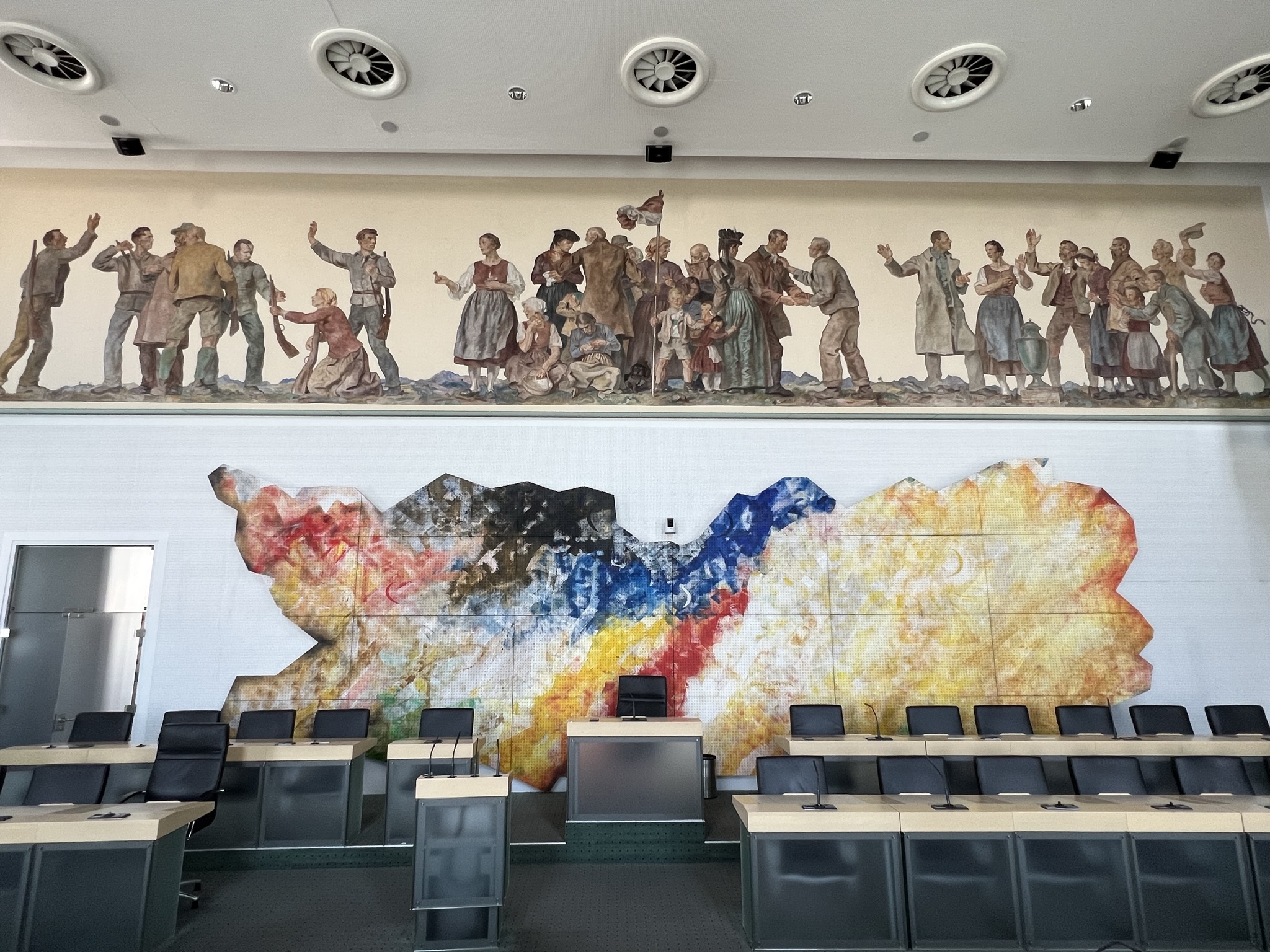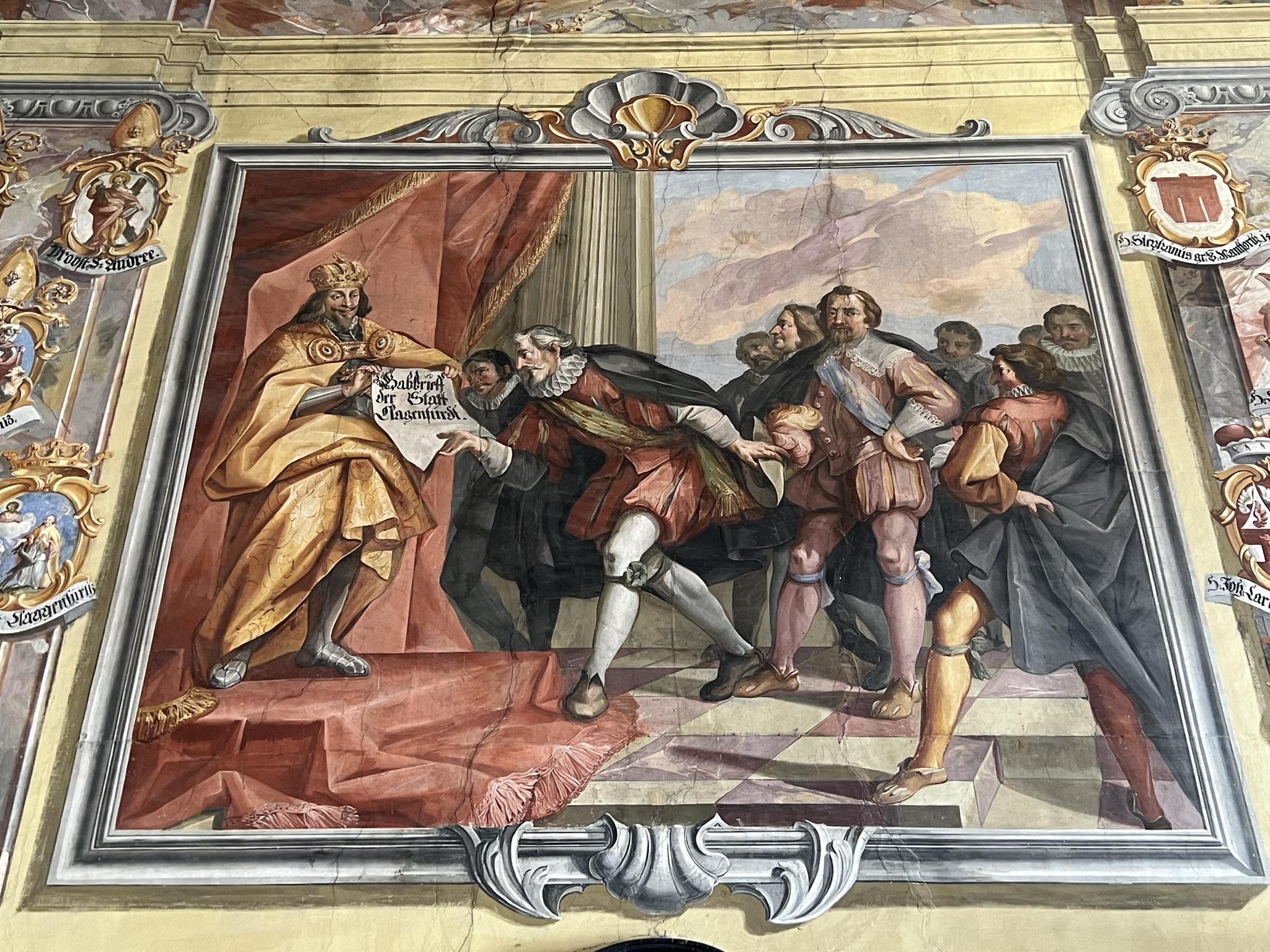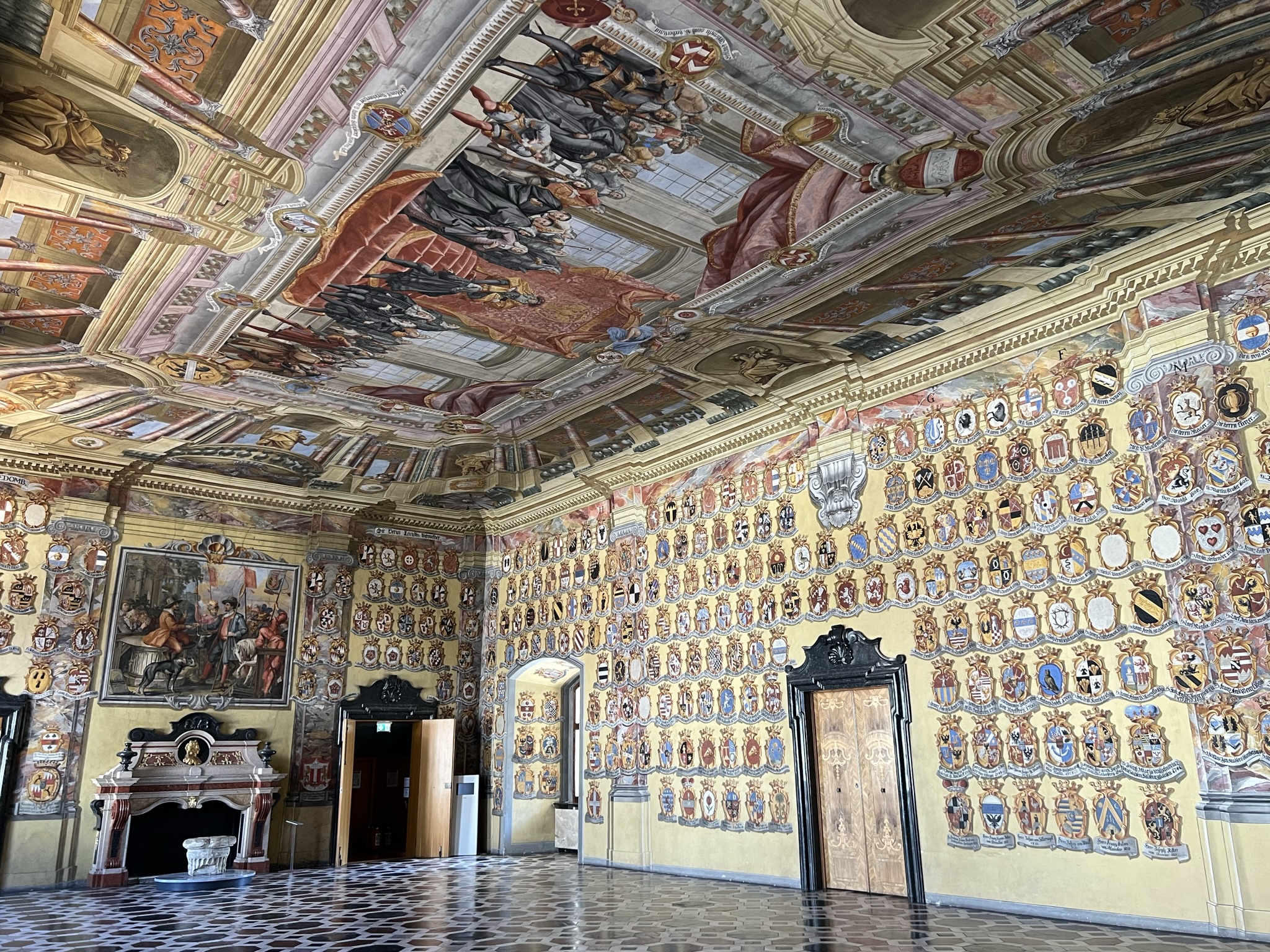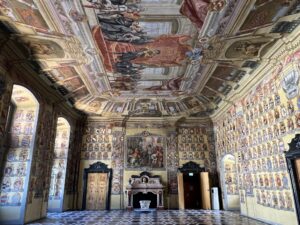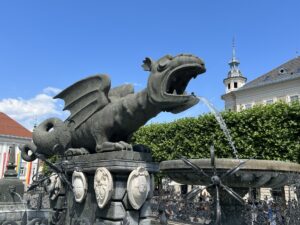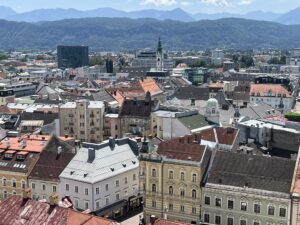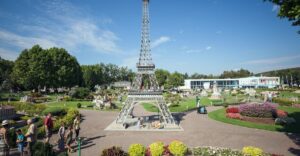Brief information:
- What is the Coat of Arms Hall? One of the most beautiful halls in the country with 665 painted coats of arms
- Where is it located? In the country house Klagenfurt, Landhaushof 1
- When can you visit him? Here you can find the Opening hours and admission prices to the coat of arms hall. By the way, the entrance is Carinthia Card
- How much time should I plan for this? half an hour
Story
As early as 1527, the 4.5-kilometer-long Lend Canal was built to supply the city with water from Lake Wörthersee.
The development of the city itself began in 1534. Buildings were constructed within the newly built city walls that still characterize the face of Klagenfurt today. The Protestant Preacher's Church (later Klagenfurt Cathedral), built in 1581, the Lindwurm fountain, which was erected in 1593 on the New Square, as well as the Landhaus, built between 1574 and 1594, which was intended to serve as the seat of the state parliament. It is still the seat of the Carinthian state parliament today.
The Great Hall of Arms
The coat of arms room is located on the first floor of the Landhaus Klagenfurt. When we enter, we are the only visitors for miles around.
The hall is 9.8 metres high. The floor area measures 23 × 13 metres, and the dimensions of the hall have remained unchanged since 1581. The hall was originally decorated with frescoes and a ceiling painting by Anton Blumenthal, but these were destroyed in a fire in 1723. The walls and ceiling of the hall were then redesigned by Josef Ferdinand Fromiller, and since then only individual coats of arms have been added.
In the hall the Wall frescoes with historical depictions, the ceiling fresco and the more than 665 coats of arms are impressive testaments to the power and influence of the Carinthian Estates. On the north wall there is a fresco framed as a panel painting and dated 1740. It shows the installation of the Carinthian Duke at Fürstenstein near Karnburg. On the south wall there is a fresco of the same size, which shows the handover of the Gabbrief (= the deed of gift) by Maximilian I to the Carinthian Estates (24 April 1518), which made Klagenfurt a state town. These two frescoes symbolise the class and national consciousness of the Carinthian Estates.
The The remaining wall surfaces are entirely covered with 650 coats of arms (including those on the ceiling, there are 665 in total). The coats of arms of the nobility and knights are painted on the long sides. In the top two rows, in alphabetical order, are the families that were members of the nobility before 1591, and below them, in chronological order, are the newly admitted families, ending with Count Hugo Henckel-Donnersmarck in 1847. 19 coats of arms are empty, as the coats of arms of these families could no longer be determined in the Baroque period. On the south side, on the left, are the coats of arms of the ecclesiastical nobility, and on the right, those of the state governors, ending with Leopold von Aichelburg-Labia (1909–1918). On the north side, on the left, are the coats of arms of the state vice-presidents (state property managers) and on the right, those of the state administrators (deputies of the state governor); both offices only existed until 1747.
The Venetian Francesco Robba designed the Marble floor in white, red and black, the five door frames, the gate to the coat of arms room and the southern fireplace. The northern fireplace was reconstructed in 1908 by Pietro d'Aronco from Gemona. Since March 2006, the prince's stone has been in front of this fireplace again.
The small coat of arms hall
Fromiller also created the wall paintings in the Small Coat of Arms Hall, formerly known as the Council Chamber, which still serves as the consultation and meeting room of the Carinthian State Parliament.
Here the walls show 298 coats of arms the burgraves, general collectors, state presidents, councillors and the last noble governors of Carinthia. The flat ceiling shows mock architecture and an allegorical fresco Veritas temporis filia (Truth as the daughter of time).
Conference room
The meeting room, originally called the Landstube, was used as a meeting room from the beginning. Even today it is still used by the Carinthian State Parliament, mostly on Thursdays.
The large and small coat of arms halls as well as the conference room and Kolig hall can be visited during the summer months. The ground floor and parts of the basement now house the Gasthaus im Landhaushof restaurant.

